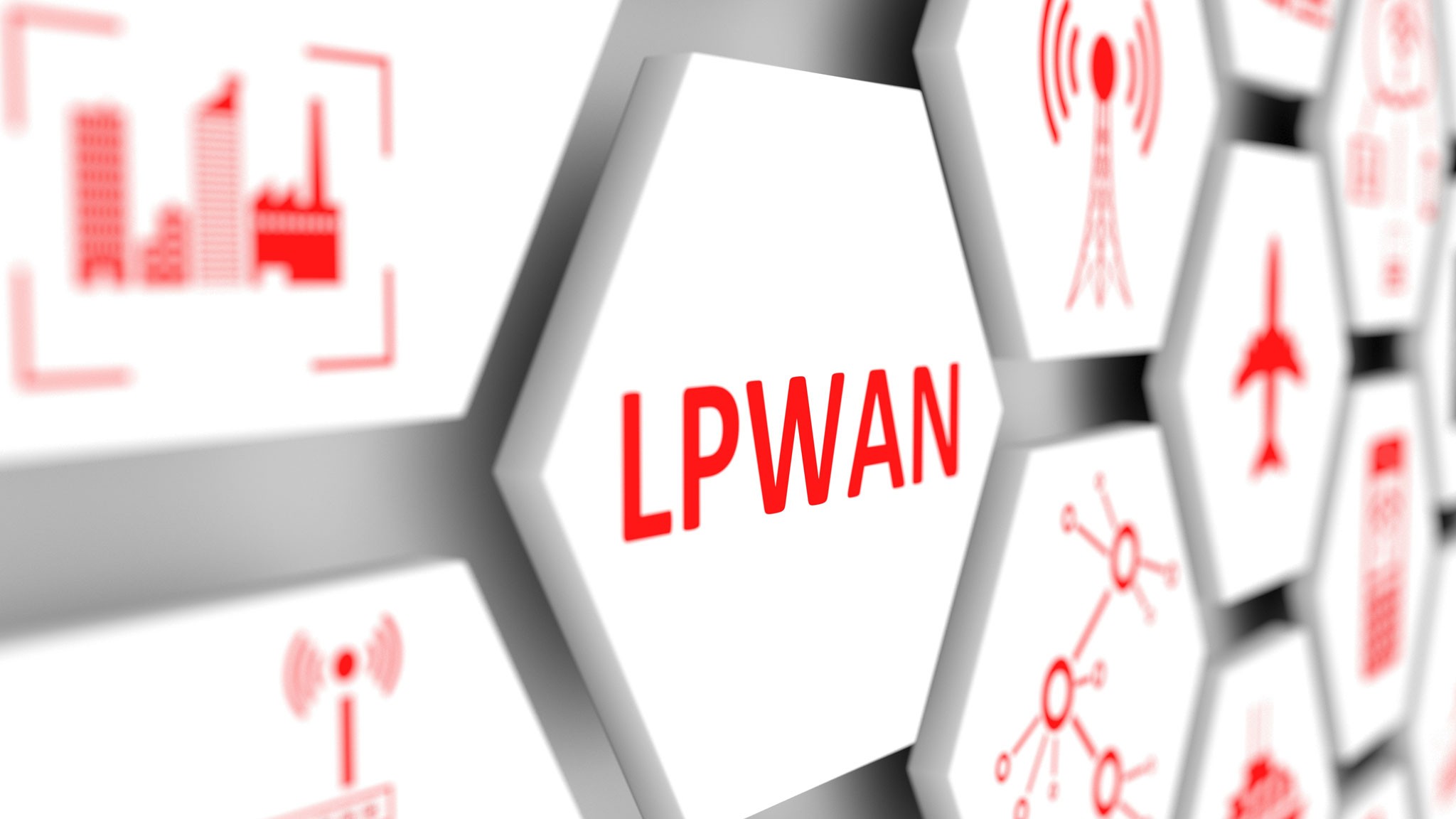
As the Internet of Things (IoT) grows rapidly, the need for efficient, far-reaching connectivity becomes more urgent. LPWAN technologies are stepping in to meet that demand. With their long-range, low-power design, they’re making it easier to connect IoT sensors in remote or hard-to-reach areas. From smart cities to agriculture, LPWAN is quietly transforming the backbone of modern connectivity.
Why LPWAN Technologies Stand Out
Unlike traditional networks, LPWAN doesn’t focus on speed. Instead, it’s optimized for sending small amounts of data at long intervals. This makes it ideal for battery-powered sensors that just need to send quick updates.
Protocols like LoRaWAN, NB-IoT, and LTE-M operate on low bandwidths and consume very little energy. As a result, devices can last up to ten years on a single battery. They’re perfect for places like underground meters or rural farmland.
LPWAN also excels in signal penetration. Because it runs on sub-1 GHz frequencies, it performs well even through concrete or soil. That means more reliable coverage in places where Wi-Fi and cellular often fail—like basements or tunnels.
With strong range, low energy use, and high durability, LPWAN technologies make widespread sensor deployments both cost-effective and sustainable.
Smart Solutions for Utilities and Cities
Utility companies have been early adopters of LPWAN. These networks help connect water, gas, and electricity meters in places where traditional signals can’t reach.
- Japan: NICIGAS upgraded over 850,000 gas meters using Sigfox.
- France: Birdz connected 3 million water meters with LoRaWAN.
- Sweden: More than 2 million meters run on NB-IoT and LTE-M.
In smart cities, LPWAN enables thousands of devices—like streetlights and waste bins—to report data in real time. For example, connected streetlights can dim based on traffic flow or weather, reducing energy use by up to 60%.
These advances improve infrastructure management while helping cities reduce costs and meet sustainability goals.
Smarter Manufacturing with Predictive Maintenance
Industrial IoT (IIoT) depends on real-time insights. LPWAN, especially LTE-M, allows factories to monitor equipment with precision. Sensors can detect signs of wear or overheating before they become major problems.
What makes LTE-M special is its ability to support two-way communication. This enables alerts and automated responses without needing constant technician oversight. In high-stakes environments, that means less downtime and better decision-making.
Boosting Agricultural Efficiency
In farming, LPWAN technologies—especially LoRaWAN—help overcome the challenges of scale and connectivity. Farmers now deploy sensors across vast fields to monitor:
- Soil moisture and temperature
- Nutrient levels
- Weather patterns and microclimates
Because these devices require little power and can transmit data up to 15 kilometers, they offer unmatched efficiency. Many are powered by solar panels or long-life batteries and need no maintenance for years.
By automating irrigation and crop management, LPWAN helps increase yields while reducing water and chemical use.
Reliable Emergency Systems
When safety is at stake, network reliability is essential. In smart buildings, LPWAN is being used to support emergency alert systems.
A recent study showed that devices using LoRa could send 98% of alerts successfully, even in dense buildings. That reliability ensures critical help reaches those who need it—fast.
With their strong signal penetration and battery life, LPWAN-based systems are a practical choice for life-saving applications.
Tracking Assets Across the Globe
From shipping containers to fleet vehicles, asset tracking often involves covering long distances. LPWAN devices are perfect for this due to their low energy needs and wide coverage.
- DHL: Deployed Sigfox trackers on 250,000 roll cages.
- Brazil: MaxTrack monitors nearly 1 million vehicles with LoRa.
These devices not only track location, but also detect tampering, temperature changes, and delays—making logistics more secure and efficient.
Custom Networks for Private Campuses
Organizations like universities and ports are building their own LPWAN networks. These private systems offer full control over data and avoid recurring network fees.
In Argentina, the National University of Misiones deployed a LoRaWAN network to monitor its campus. This setup supports environmental sensors, infrastructure monitoring, and research—all on a low-power platform.
Built for Hard-to-Reach Places
The real magic of LPWAN lies in its reach. Whether it’s embedded in bridges or buried underground, LPWAN stays connected where others don’t.
Its sub-GHz frequency helps it penetrate obstacles like concrete and soil. That makes it ideal for:
- Structural monitoring
- Underground utilities
- Smart parking systems
These capabilities allow LPWAN to support infrastructure from the inside out—without needing signal boosters or rewiring.
Strengthening Security as Networks Grow
As LPWAN scales, so do its security needs. Some early systems had weak encryption or reused session keys. But the landscape is improving quickly.
- NB-IoT and LTE-M now offer built-in SIM authentication
- LoRaWAN includes layered encryption in new specs
- Hardware-based modules like TPMs protect cryptographic keys
Research is also driving new, lightweight security protocols made just for LPWAN devices, ensuring both data safety and operational integrity.
A Glimpse Into the Future: 5G RedCap and Beyond
LPWAN’s evolution is far from over. New developments like 5G RedCap bridge the gap between low-power networks and full-speed 5G.
RedCap allows faster data transfer while staying energy-efficient, making it ideal for:
- Video surveillance in factories
- High-resolution asset tracking
- Smart robotics with situational awareness
Looking further ahead, efforts are underway to unify LPWAN standards within future 6G frameworks. This will make global deployment easier and more secure.
As IoT adoption continues to rise, LPWAN technologies will be essential in connecting billions of devices across the globe. Their unique strengths—efficiency, range, and reliability—are helping build a smarter, more connected future.
Source: https://www.azosensors.com/article.aspx?ArticleID=3199


































































